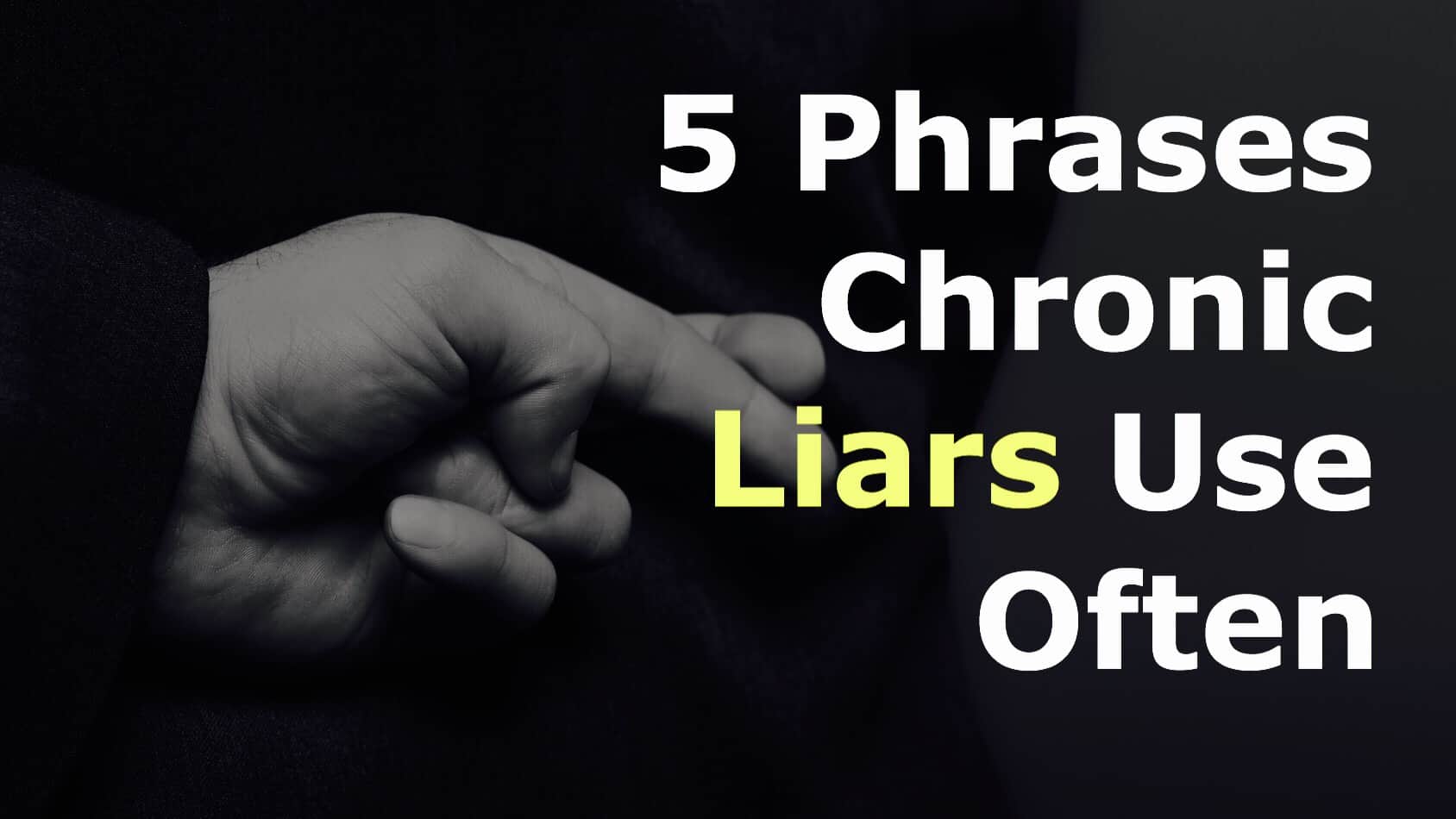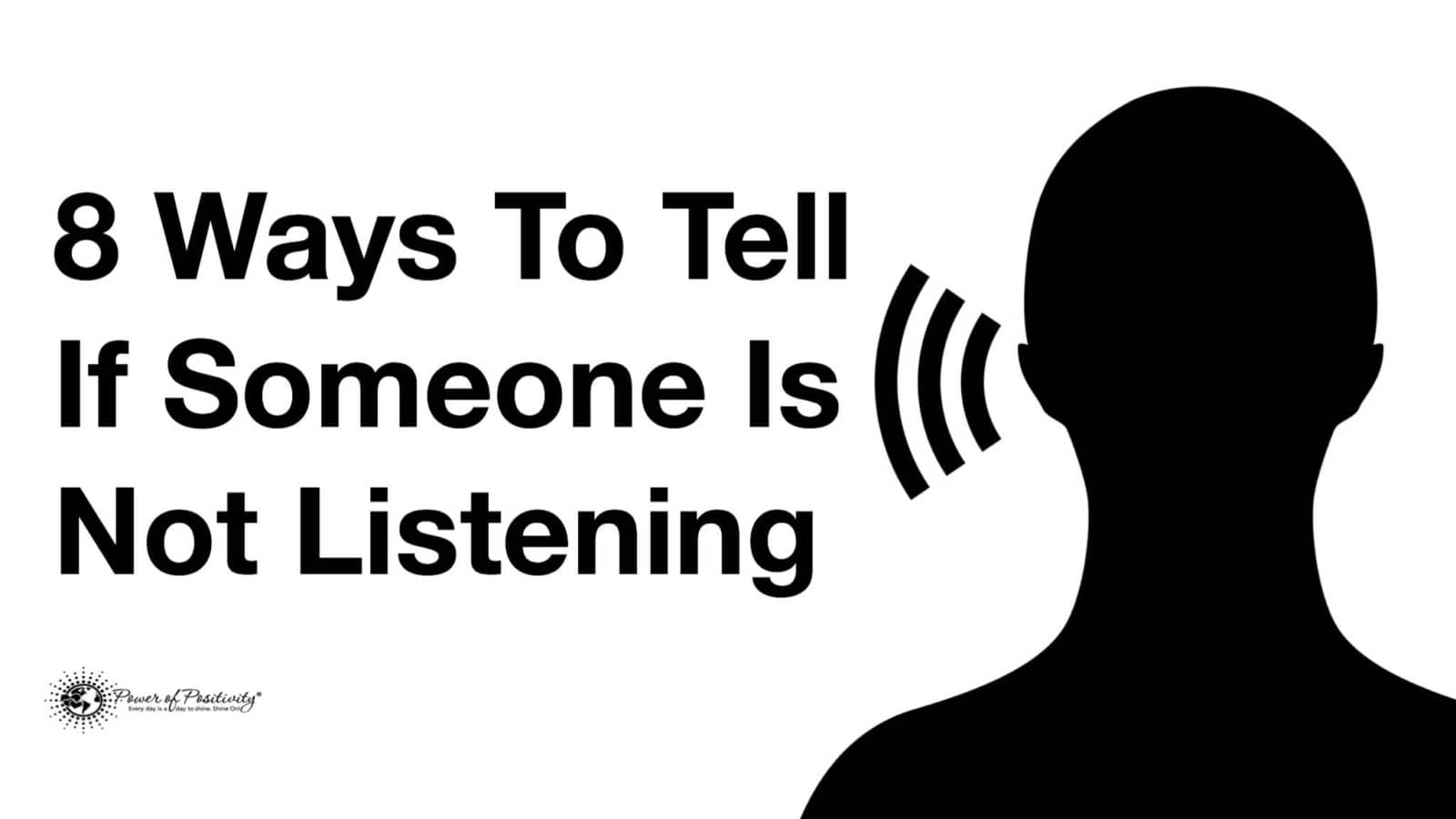Are you thinking of embarking on a relationship with someone, but are unsure about your long-term compatibility? Or do you have questions about your current relationship?
The best relationships can stagnate over time, but they can be revived with the right amount of care and attention, a mutual desire to have a future together, and obviously, a little love.
If you would like some insight into whether the future is going to be bright for your relationship, here is a fairly simple test that you can do.
Think of it like this; a relationship is like a canoe trip taken by two people. It probably starts out smooth, but canoe rides have been known to get rough because they can encounter factors that cannot be planned for. Very few of us could get into a canoe with another person and master it in the short term. It will take time, patience and practice to get it right. Here are a few of the issues that can happen when taking a canoeing trip for two:
Plan the trip.
Why are we taking a canoe trip with another person? Maybe it’s because it seems like a nice thing to do, it’s a new experience, or we both thrive when active. Maybe we are trying canoeing because other sports haven’t worked out, and we’re willing to dip our feet into the metaphorical water again.
Are we both happy with the chosen destination or is one of us merely settling for it in the hope that we’ll get our way the next time?
Visualize the destination and see if there is a future. We should be asking ourselves if we can see ourselves there with this partner – being there, living there, and growing old together.
We’re both in the canoe, now what?
We are both equipped with the same tools with which to do the same amount of work. If we put in an equal amount of effort towards our shared destination as a team, then our canoe will sail smoothly. The trip will be enjoyable and unexpected obstacles like strong currents can be navigated smoothly together.
If one team member falls behind in their efforts, we’ll both go in circles. In the short term, the other person is going to be happy to pick up the slack – that’s part of being in a relationship after all. Maybe we can both slack off for a while and stop to enjoy the peace and quiet – to enjoy where we’re at, or just taking a look around. Don’t sit still for too long, though; it will eventually get dark, and it may be hard to find the shoreline.
If one of us is constantly putting in more effort than the other, we will go in circles for longer. That will soon become tiresome and a source of aggravation. Here’s the deal – if one of us is constantly not pulling our weight, we’ll be going nowhere despite all the efforts we put in.
When things get off course.
So we find ourselves going in circles and it’s getting tiring – how do we fix it? We should talk about it, right?
Should we:
* Simply point out that there is a problem and hope for a journey-changing revelation to come from the other! Or maybe we say nothing and simply wait for the problem to magically fix itself. Now, magic fixes can happen, but because neither of us knows what the fix was, the problem is certain to resurface later.
* Merely point out that the other person is causing the problem? That’s going to help in the long run. Eventually a cry of “this is getting us nowhere” will happen followed by a discussion of the matter at hand, but now with added and unnecessary tension.
* Point out that there is a mutual problem and ask for ideas on how to solve it. Knowing that if we both work in harmony, we will be able to stabilize the ship and right the course. It might only be a short-term fix, but at least the journey is getting a fair shot at success.
Now that we’re back on course.
Now that we’ve made it through some choppy waters, where do we stand? Does our partner:
* Agree that there is a problem and agree that working together may be the solution?
* Deny that there is a problem at all. In which case, we’ll continue to go in tiresome circles until one party bails out?
* Simply bail out at the first sign of trouble!?
* Leave but then come back into the canoe because it’s safe, comfortable and familiar; only to bail and return repeatedly?
If so, who is doing the hard work? Who is keeping the canoe afloat? Who is letting them back in because it’s easier to have them in the canoe for a while, instead of dropping them off on dry land and continuing the journey alone but happy?
Have you taken this metaphorical journey before? The next time you’re faced with that crossroads, consider whether your relationship could survive the canoe test. If it can’t, stay dry! It’s very likely that there is a nice yacht on your horizon.

















